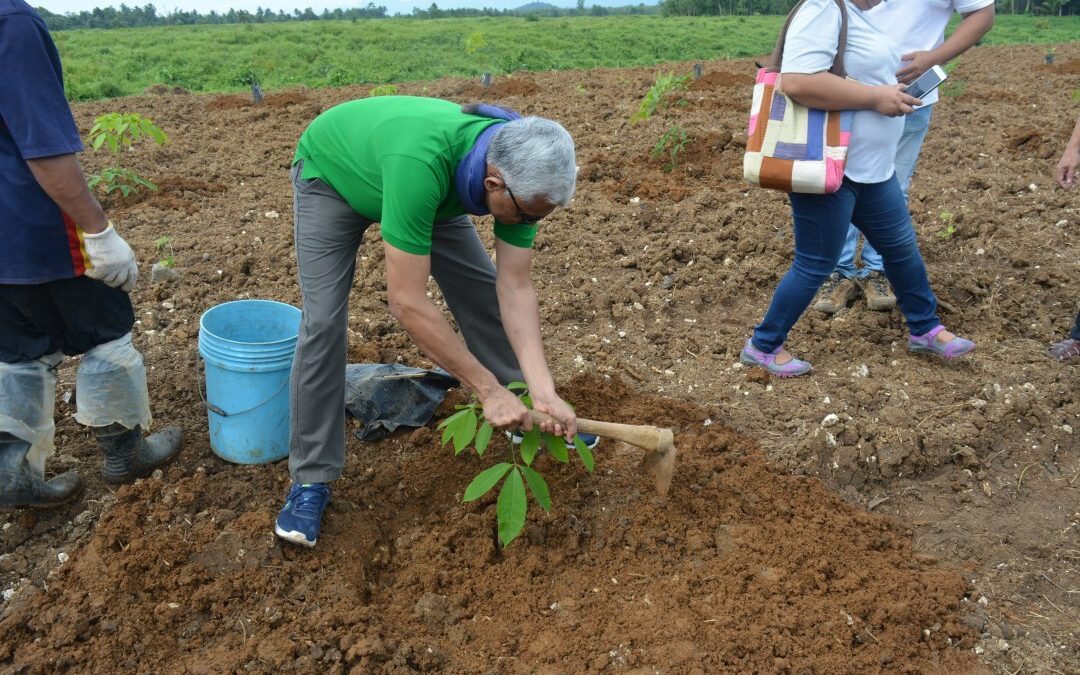A recession is “certainly a possibility”, stated Federal Reserve Chair Jerome Powell while making testimony in front of the Congress yesterday (June 23). While the risk of a global economic recession looms large, here are some thoughts on its potential implications for natural rubber.
- Natural rubber markets have been largely bearish since the beginning of April 2022 caused by a combination of factors. The factors include Russia’s invasion of Ukraine, economic sanctions on Russia, crisis in energy market, reimposition of Covid lockdowns in Shanghai and a few other parts of China, red-hot inflation, rate hikes by central banks, chaos continuing in supply-chain logistics, jumps in ocean freight cost, extended shortage of chip semiconductor and a crippled auto-sector. Impacted by these factors, manufacturing activities and businesses world over are reeling under unattractive return on investments. Spiraling food and fuel prices are compelling households to postpone spending on non-essentials. Sentiment in speculative markets remains overshadowed by uncertainty and risks. Natural rubber futures are no exception to the weak sentiment currently prevailing in the speculative markets in general.
- The impending world economic recession can have major implications for the demand outlook for natural rubber. To be more specific, the global demand for natural rubber would be considerably lower in 2022 and 2023 than the figures projected two months ago. The IMF is expected to scale-down its global economic growth projections for 2022 and 2023 in its forthcoming (July 2022 release) of the World Economic Outlook (WEO). It has been a chaotic phase for the world economy since IMF released its last WEO in April 2022. As such, IMF is expected to slash its economic growth forecasts for major economies and regions. Correspondingly, the demand outlook for natural rubber in those countries will need downward revisions.
- Coming to global supply of natural rubber, the period from now onwards till the end of the year (Dec 2022) is the season of high supply although a few countries are exceptions. The seasonal factor is expected to keep the global supply high till the end of the year. However, the supply from a few countries will be partly affected by rains and the resultant harvesting disruptions. The supply from Indonesia is expected to remain low in the coming three months. Nearly 70% of Indonesia’s rubber trees are in the south of Equator where the annual leaf-shedding/refoliation season is July-September. Moreover, a lower yield is expected in the case of nearly 0.4 million hectares of Indonesia’s rubber trees which have been infected by the new leaf-spot disease (Pestalotiopsis) over the past couple of years.
- Based on the above points, I have two observations on the emerging global supply and demand for natural rubber:
- Global demand will be considerably lower in 2022 and 2023 compared with the forecasts made without incorporating the prevailing chaotic phase of the global economy and the anticipated further economic downturn. For a clearer picture of the rubber demand outlook, let us wait for the IMF’s next release (July 2022) of the World Economic Outlook.
- Seasonal factor can keep the global supply high till the end of the year. Still, physical markets cannot expect a “comfortable supply” in view of the rain-induced tapping disruptions and a few other constraining factors.

Thank you for your feedback and encouraging words. Much appreciated
Jom Jacob